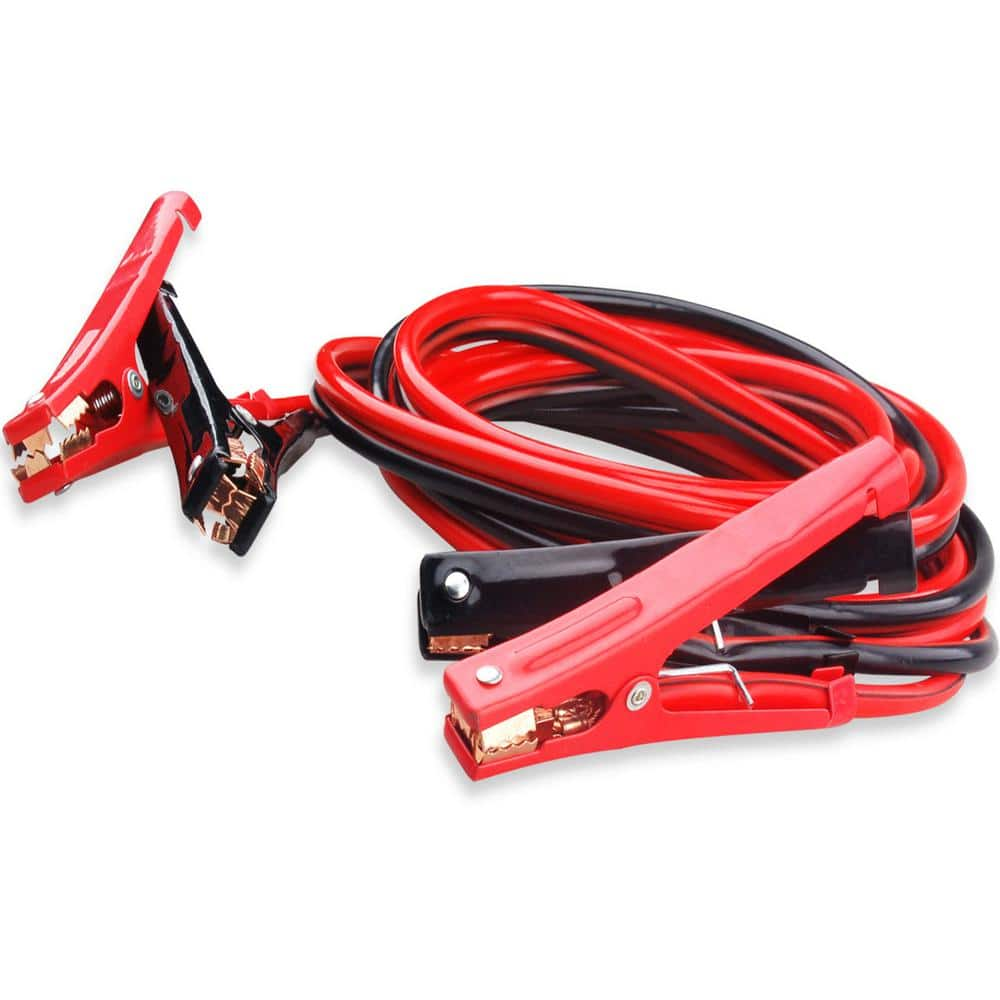Yes you are quit right.
Published current figures need to be interpreted and understood. Quite often there are two current ratings for the exact same wire, one is often called "chassis wiring" for short wiring runs INSIDE equipment. Then there is "power transmission" which is a guide only for much longer wiring runs.
For example domestic cable for wiring within buildings might assume a cable maximum length of a hundred feet or less. Larger buildings will have sub power boards, so it would be unusual to exceed a hundred feet between sub board and power final outlet. So 15 amp rated building cable will be fine for that type of application.
But if you wanted to run a couple of hundred yards of feeder cable BETWEEN different buildings, that same cable would very likely have an unacceptable voltage drop at the full rated 15 amps.
Going the other way, you might have a big control panel for a large machine that has motors, relays, circuit breakers, switches. All the wiring is in a confined cubicle and quite short. So you can run wiring at a higher current density, because voltage drop is simply not an issue.
Here is a chart of wire size and current ratings for "chassis" and "power distribution".
https://www.powerstream.com/Wire_Size.htm
The manufacturers rating will always be safe for very short runs, but if serious distance is involved its always wise to do some voltage drop calculations.
Another thing to keep in mind. If it works out that there might be a six percent voltage drop. To decrease that to only a three percent voltage drop will take twice as much copper to do it, and that gets expensive very fast. Cable at least twice as expensive for three percent gain.
That might be a bargain, or maybe not. Its up to you.






